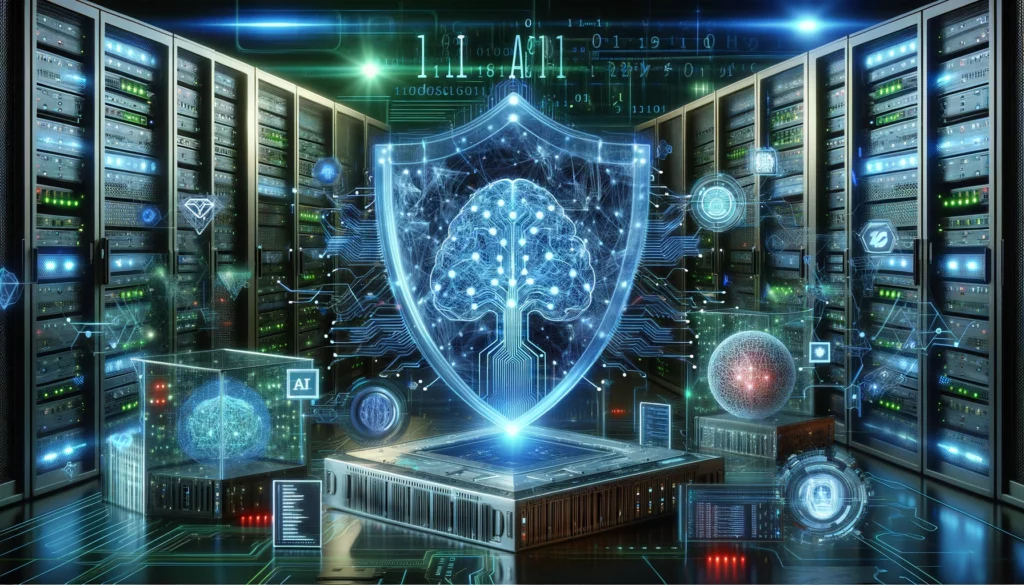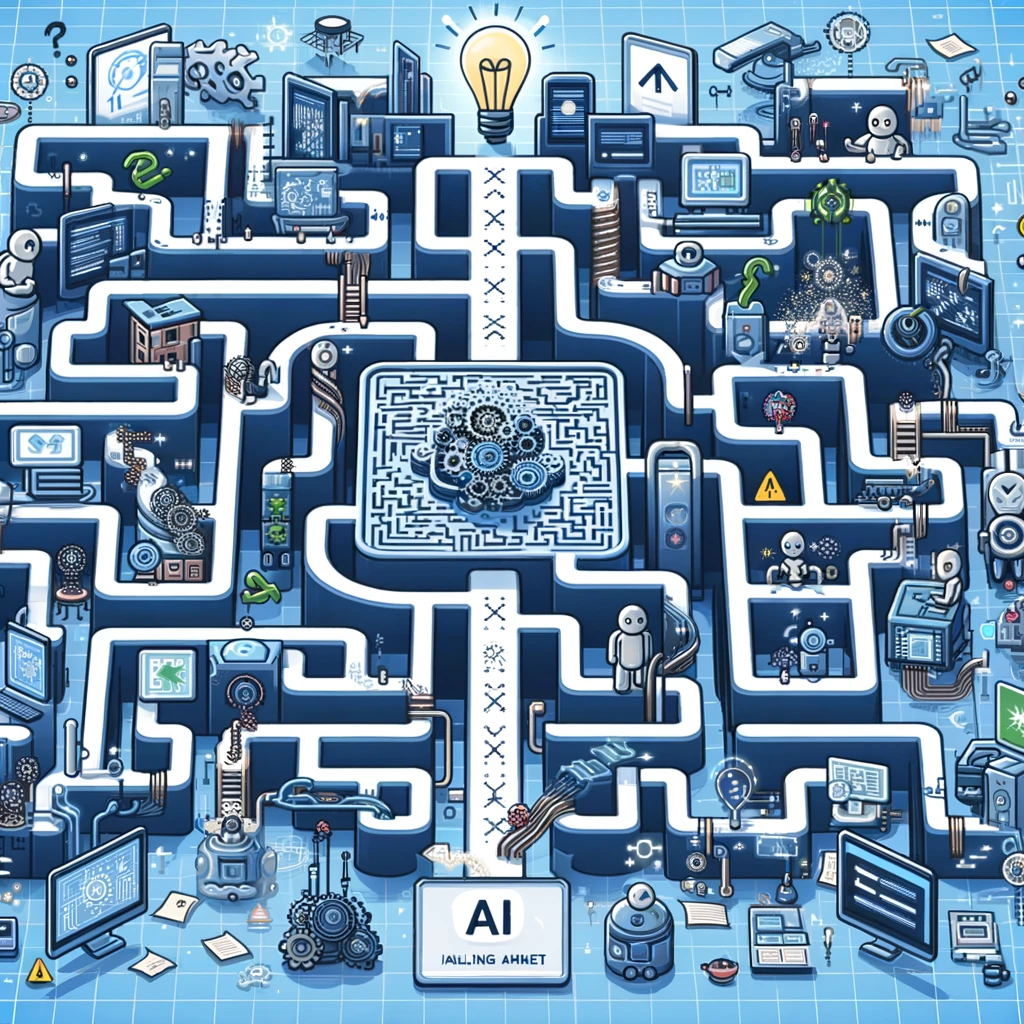
In today’s digital age, cyber threats are evolving at an unprecedented pace. Hackers are increasingly leveraging the latest advancements in artificial intelligence (AI) and cutting-edge hardware technology to outmaneuver traditional cybersecurity defenses. This escalation in cyber warfare necessitates a corresponding increase in both intelligence and proactive, action-driven tools to protect sensitive data and maintain organizational integrity. This article explores the critical need for enhanced cyber warfare capabilities, the advanced tactics used by modern hackers, and the dire consequences of inaction.
The New Frontline: Advanced Cyber Warfare
The battlefield of cybersecurity is no longer confined to simple malware and phishing attacks. Modern cyber threats are sophisticated, highly targeted, and driven by AI. Hackers now utilize machine learning algorithms to automate and refine their attacks, making them more efficient and difficult to detect.

Key Advancements in Hacker Tactics:
- AI-Driven Attacks: Hackers are employing AI to analyze vast amounts of data, identify vulnerabilities, and execute attacks with precision. AI enables the creation of adaptive malware that can change its signature to evade detection by legacy systems.
- Advanced Hardware Exploits: The use of powerful hardware tools, such as quantum computers and high-performance computing clusters, allows hackers to break traditional encryption methods and compromise data security.
- Social Engineering 2.0: With AI, social engineering attacks have become more convincing. Hackers can create realistic phishing emails and fake personas that are nearly indistinguishable from genuine communications.
The Cost of Complacency: The Consequences of Inaction
The repercussions of failing to upgrade cybersecurity defenses are severe. A data breach can result in significant financial losses, reputational damage, legal liabilities, and operational disruptions. The cost of a data breach extends far beyond immediate remediation efforts, impacting an organization’s long-term viability.
Financial Impact:
- Direct Costs: Immediate expenses include incident response, forensic investigations, legal fees, and regulatory fines. The average cost of a data breach was $4.24 million in 2021, according to IBM’s Cost of a Data Breach Report.
- Indirect Costs: These encompass long-term reputational damage, loss of customer trust, and potential loss of business opportunities. Companies may face increased insurance premiums and decreased stock value.
Operational Impact:
- Disruption of Services: A breach can lead to downtime, disrupting critical business operations and services. This can have cascading effects on supply chains and customer satisfaction.
- Data Integrity and Compliance Issues: Compromised data integrity can lead to compliance violations, especially in industries governed by stringent data protection regulations like GDPR and HIPAA.

Proactive Measures: Intelligence and Action-Driven Tools
To counteract these sophisticated threats, organizations must adopt a proactive approach, incorporating advanced intelligence and action-driven tools into their cybersecurity strategy.
Enhanced Intelligence:
- AI-Powered Threat Detection: Implementing AI-driven threat detection systems can help identify and neutralize threats in real-time. These systems analyze network traffic, user behavior, and other indicators to detect anomalies that may signify a cyber attack.
- Threat Intelligence Platforms: Utilizing platforms that aggregate and analyze threat data from multiple sources provides organizations with actionable insights into emerging threats and attack vectors.
Proactive Tools:
- Dynamic Encryption with Bricks: Nova’s Bricks employs dynamic, quantum-resistant encryption algorithms to adapt to evolving threats. This ensures that encryption methods evolve as new vulnerabilities are discovered, keeping your database data secure.
- Automated Incident Response with Bricks: Bricks offers advanced automated incident response capabilities that can significantly reduce the time to detect and respond to threats. Automated systems can isolate affected systems, apply patches, and restore normal operations swiftly.
- Multi-Factor Authentication (MFA) via Bricks: Bricks includes robust multi-factor authentication features that add an extra layer of security, making it more difficult for attackers to gain unauthorized access to systems and data.
- Real-Time Threat Detection with Bricks: Bricks’ AI-driven adaptive protection continuously learns and adapts to the digital environment, ensuring that the system stays ahead of evolving threats by leveraging big data analytics to anticipate and neutralize cyber threats before they can cause harm.
Conclusion
In the face of increasingly sophisticated cyber threats, it is imperative for organizations to enhance their cyber warfare capabilities. Investing in advanced intelligence and proactive, action-driven tools like Nova’s Bricks is not just a defensive measure but a strategic necessity. The cost of inaction can be devastating, with far-reaching financial and operational impacts that can threaten the very existence of an organization. By staying ahead of the curve and adopting cutting-edge cybersecurity measures, businesses can protect their assets, maintain customer trust, and ensure long-term success in an ever-evolving digital landscape.
For more information on how Nova’s Bricks can support your cybersecurity initiatives, visit Nova Inc..







